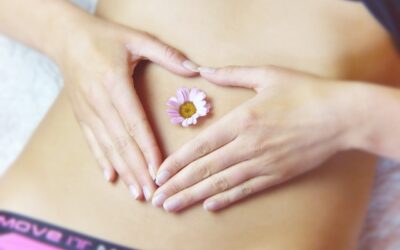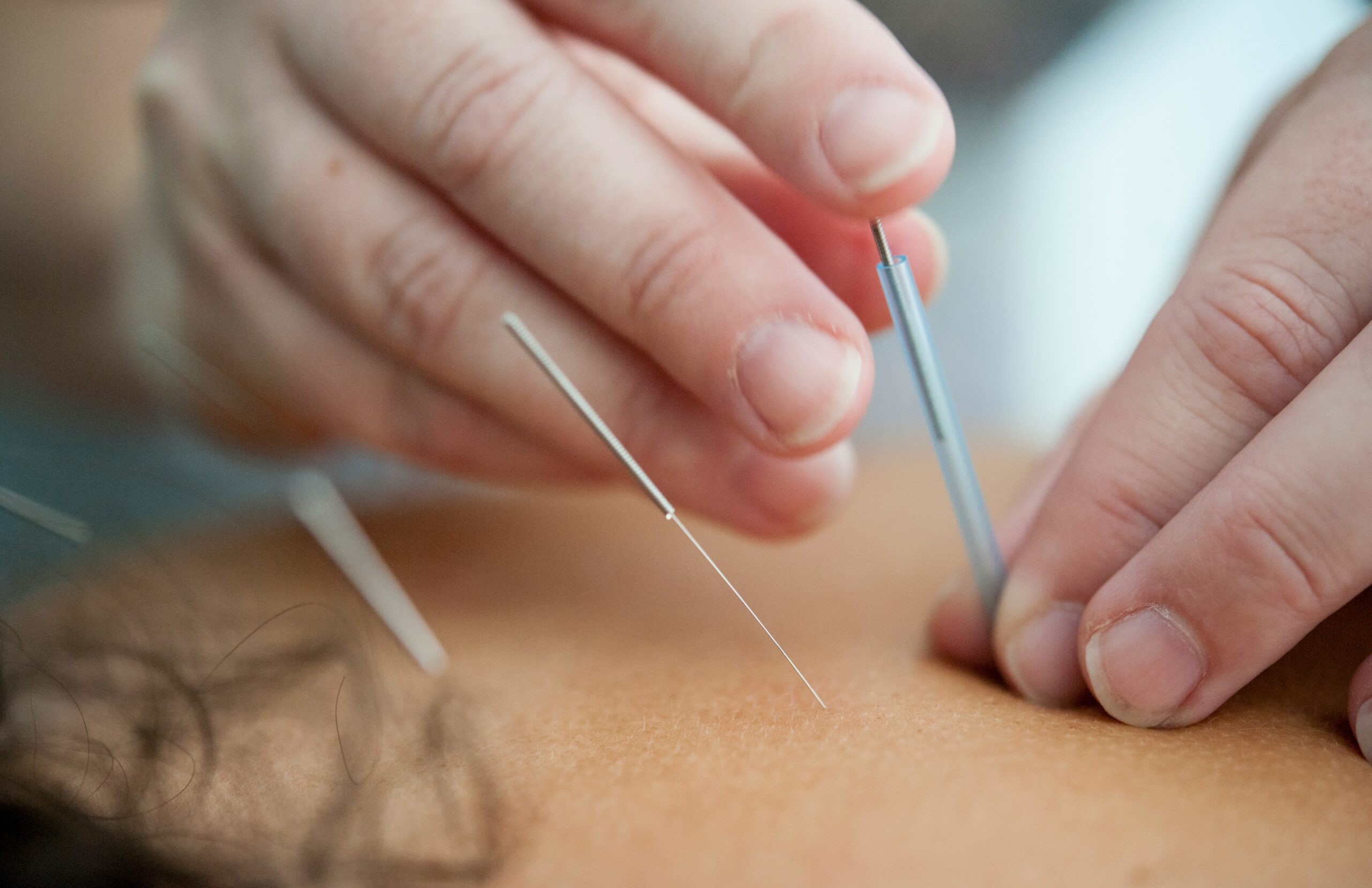Gua sha is a traditional Chinese medicine technique that has been used for centuries. It is also known as scraping.
In Gua sha, after applying massage oil into the skin, a tool is used to scrape or rub the skin until small dot-like purple or red marks, known as petechiae, appear. These marks disappear in about 2-5 days. It sounds painful, but it is not and can be very relaxing, and it is amazingly helpful.
How does it work?
In Chinese medicine, Qi (energy) and blood flow freely throughout the body. When Qi and blood get stagnant, there is pain and tension. Gua sha moves that stagnant Qi and blood, allowing their free flow for healing and normal function.
Research has shown that Gua Sha:
1. Increases microcirculation on the surface tissue. Increased blood flow brings oxygen and nutrients to the area, which will help the healing process.
2. Has anti-inflammatory, antioxidant, and immunomodulatory properties.
3. Increases levels of nitric oxide, a potent vasodilator. Vasodilation will increase blood flow allowing anti-inflammatory substances to get into the area to be healed. Nitric oxide also inhibits pain signals.
4. Relieves pain
What is Gua sha good for?
- Pain: neck, shoulder, back…
- Headaches, TMJ, Bell’s Palsy
- Muscle tightness and tension
- Fever
- Respiratory disorders such as flu, common cold, asthma, and bronchitis.
- Breast engorgement during breastfeeding
- Perimenopause: hot flashes, sweating, headaches, and insomnia.
- Tourette syndrome
- Facial rejuvenation. Very effective for deep wrinkles, sagging, facial discoloration, and under the eye puffiness. And don’t worry, it is done very gently, and it does not leave any marks on the skin (more on Gua sha for facial rejuvenation to come soon).
Are there any side effects or contraindications?
There are no known side effects besides the expected petechiae on the skin, which will resolve in a few days. Some people experience skin sensitivity which will usually go away after a day. There can be a small amount of oozing blood to the skin on very few occasions, so it is vital to ensure that your practitioner properly disinfects the gua sha tool.
Gua sha should never be used in areas that have experienced recent trauma, fractures, burns, or scratches, but it can be used close or distal to them to increase blood flow. If you are using blood thinners, let your practitioner know to evaluate if Gua sha will be right for you.

I LOVE, LOVE, LOVE Gua sha! It is a must if you have never tried it, especially if you are experiencing any muscle tightness or tension.
I am now offering a 30 min facial gua sha session for facial rejuvenation or TMJ. Schedule an appointment today.
Sources:
- https://pubmed.ncbi.nlm.nih.gov/17905355/
- https://www.ncbi.nlm.nih.gov/pmc/articles/PMC8483130/
- https://academic.oup.com/painmedicine/article/12/3/362/1829149





0 Comments